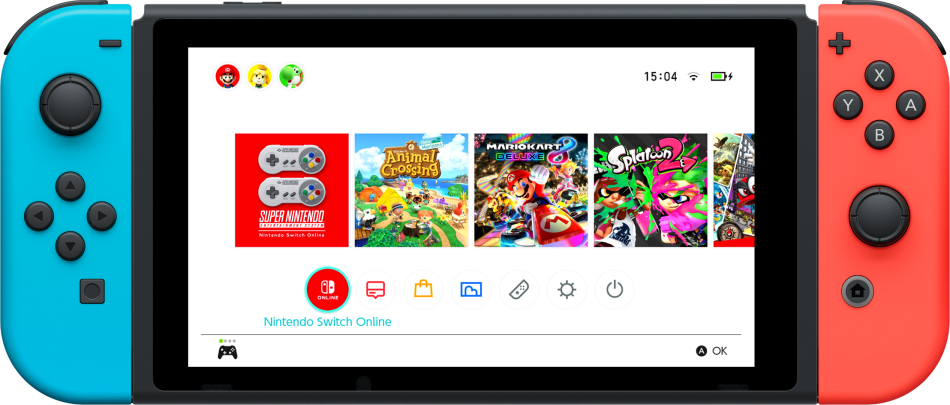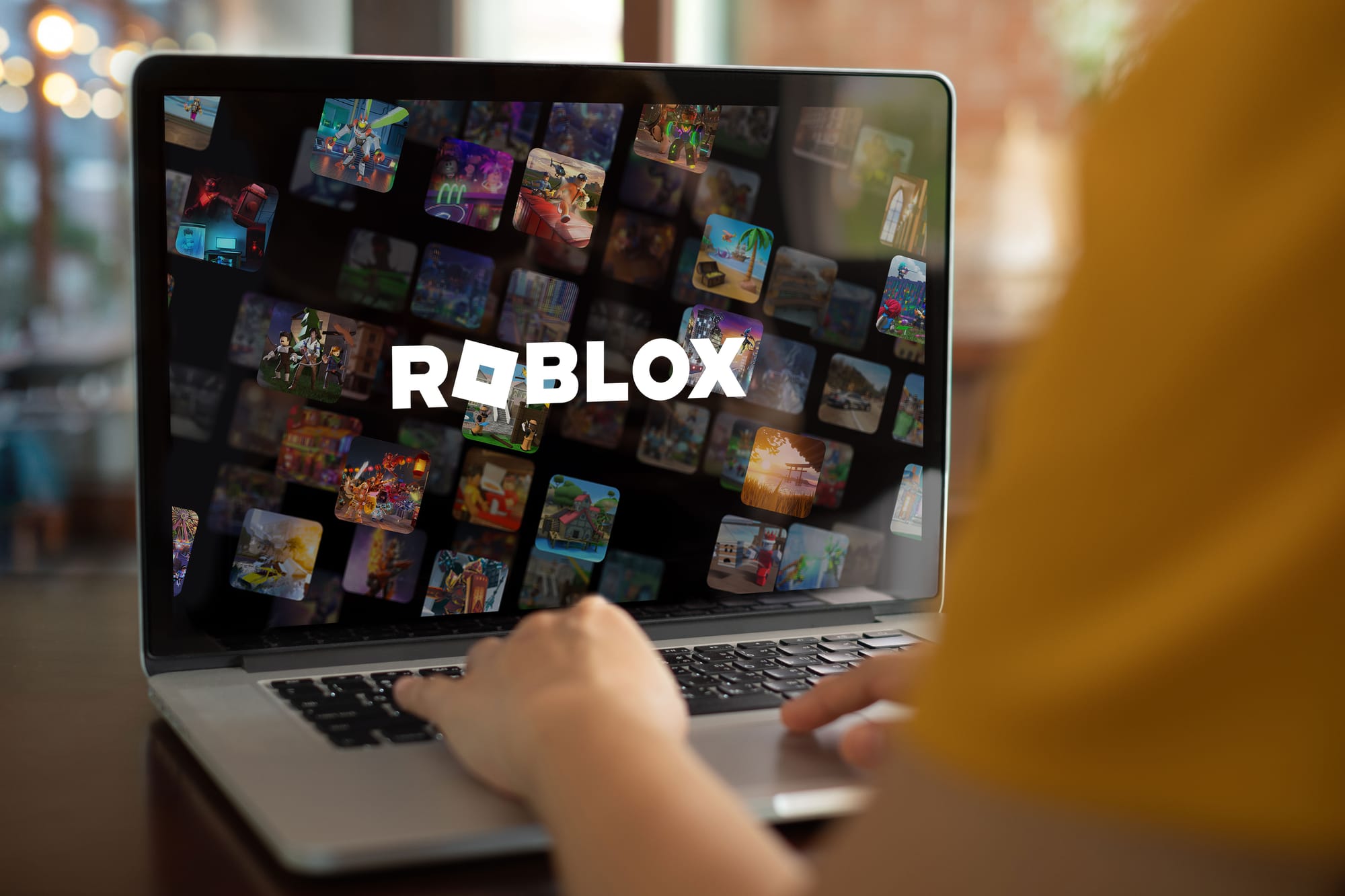One of my favorite follows on the cursed social network formerly known as Twitter is Mat Piscatella, executive director and video game industry advisor at Circana, a company that analyzes and tracks consumer behavior. In other words, they track video game sales and trends, and try to figure out where the industry’s been, where it’s at, and where it’s going.
For old heads, you might remember Circana as the NPD Group. Back when there used to be semi-public access to video game sales information, the NPD Group’s monthly data drops were legendary. It was the “Steam concurrents” of the Obama era, a small but informative glimpse into understanding whether a game you were hoping might get a sequel had actually sold well.
Like I said, Piscatella is a great follow because he isn’t afraid to often spit back at the many, many weirdos who confront him for the sin of sharing context about how video games are doing.
Dear Enthusiast Gaming Forum,
— Mat Piscatella (@MatPiscatella) August 11, 2024
If you're gonna discount the success of Switch sales because it's a conncected/portable hybrid device, please discount the success of PS2 being a gaming/DVD player hybrid device.
Or, better yet, don't discount the success of either idk.
Consider this a potential setup for a podcast appearance, but I had an opportunity to run a few questions by him because Circana released its “Future of Video Game Report” that looks at 2024’s troubles—sluggish hardware, a continued post-COVID bump sales hangover, a distinct lack of Switch 2 or Grand Theft Auto VI—and why, with some luck, 2025 might be different.
Given how much we’ve talked on Remap Radio about the seemingly never ending layoffs and the “survive to 2025” mentality that’s gathered amongst developers, I wanted to call in an expert.
What are the reasons for optimism? And where might it all go wrong?

Your report suggests the video game industry is looking at a “rebound” in 2025 because of Grand Theft Auto VI and the expectation that Nintendo will release new hardware. I keep hearing that phrase “survive until ‘25,” aka just hold on until 2025. What does a “rebound” look like, though? Fewer layoffs?
In this case, it would be mid to high single-digit percentage growth in consumer spending, and a return of some players that have lapsed following the peak of video game engagement seen in 2021. The challenge is that the market is shifting even more into winners and everyone else—meaning overall spending growth is expected in 2025, but the big winners of this growth are likely to be Take-Two Interactive and Nintendo.
However, not all developers or publishers will benefit equally. What may happen is a return of investment into other areas of game development helped by the growth in overall spending, which could theoretically ease the pressure we've seen over the past couple of years that has resulted in so many layoffs and closures—this is not guaranteed.
The video game market continues to be challenged by the “forever games” like Fortnite, Minecraft, Roblox, Grand Theft Auto V and Call of Duty, which continue to dominate player count and engagement. These games have fostered deep connections with the player base through continual updates and social hooks.
While in the past, a new game would have to compete mainly against other new games in its release window, now the biggest competitor to any new game entering the market is Fortnite.
If 2025 is a rebound year, how would you characterize 2024? I feel like I'm drowning in a lot of good games to play, and yet layoffs are regular and enormous.
Spending on video game products is up slightly in 2024 year-to-date compared to last year. However, this small gain has been mainly driven by mobile, with Monopoly Go doing most of the heavy lifting. There are great new games, sure, but engagement (and spending) is tending to pool at the very high end of the market, with the biggest games (particularly games like Fortnite, Roblox, Minecraft, and other forever games) taking more and more of the overall pie.
Finding breakout success for a new title is more like winning the lottery now. It's not enough to have a good game—it requires a lot of hard work, perfect timing, and more than a little luck.

People expected both Grand Theft Auto VI and new Nintendo hardware this year. It's hard to imagine it slips out of 2025, but Grand Theft Auto VI certainly could. What happens if one, or both, don't arrive in 2025?
It's likely to be the difference between mid-to-high single-digit percentage increases in consumer spending on video games and mid-to-high single-digit percentage declines in 2025. We're on the downside of the PlayStation 5/Xbox Series generation, and the Switch is very late in its cycle. We still have the pressures of higher prices in everyday spending categories like food and more desire from consumers to spend on experiences, such as travel.
The mass market consumer needs a push to spend more on gaming, especially if they can play Fortnite or a free-to-play mobile game to scratch the gaming itch. EA Sports College Football 25 did exactly this, bringing a significant number of lapsed players back to the console space, generating sales of not just the game but also of hardware and accessories. Grand Theft Auto VI and a Switch successor are likely to do the same, but to an even bigger extent.
In the report, you noted the decline of physical media. Do you think we'll even have physical media with the next generation of consoles? For game companies, what does physical media represent? Why is it still important to them, if it is at all?
I'm expecting one more generation of physical media for PlayStation, perhaps two more for Nintendo, but Xbox Series may be the last Xbox generation with physical media—we'll have to wait and see on that one. Some players certainly prefer physical media, especially collectors and families. There is also a convenience factor for those with limited or spotty internet access.
Looking at purchasing behavior, more and more consumers are choosing the digital route, with this adoption rate increasing over time. Physical media is much more nice-to-have than need-to-have at the moment, although there are certainly benefits to having a physical release.
However, I don't expect the digital adoption trend to slow down.
Part of the problem the last few years has been a change in spending habits from COVID-19. Was any of that real? Can the industry realistically try to capture that kind of attention, interest, and spending again, or was it all completely a mirage?
Everyone who ever dreamed of spending more time playing video games did so during 2020-21. We know the ceiling for both the percentage of people who want to play video games and how many hours they'd like to play if they could play all they wished. Are we going to reach the same levels of player count and engagement again when there are so many other draws on their attention and time compared to 2020 or 2021? Not anytime soon, if we ever do.
As I see it, the video game market went from a growth market to mature practically overnight. Meaning, since Pong, the video game market has continued to grow as more and more people have discovered gaming over time. But in 2020-21, a huge influx of players and time found their way to the video game market and many of them liked it and stuck around. Others have again left gaming, having been pulled away by other things. So now, it's more about optimization of the player base rather than pursuing more organic growth by finding new players.
This has been a painful transition in thinking for many in the industry, especially those who assumed that player growth would continue forever, especially after the boom seen in 2020-21.
